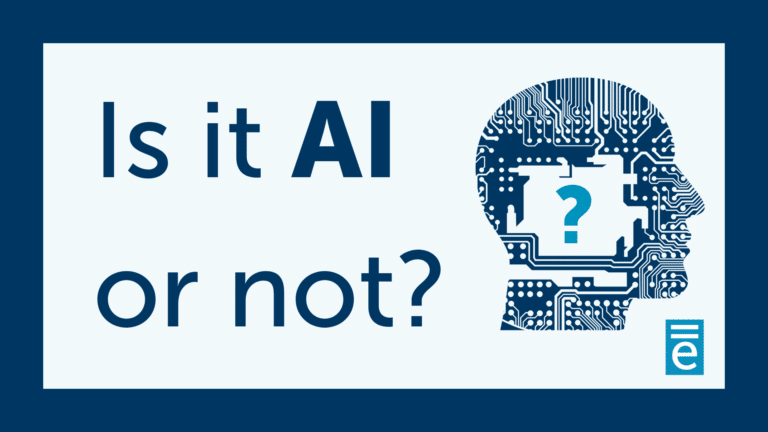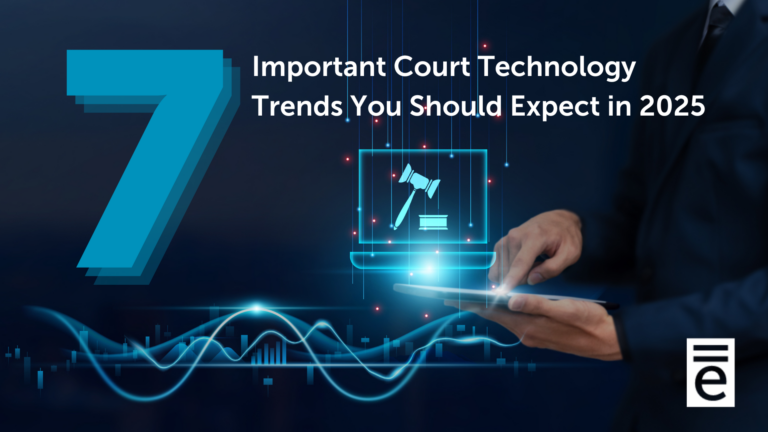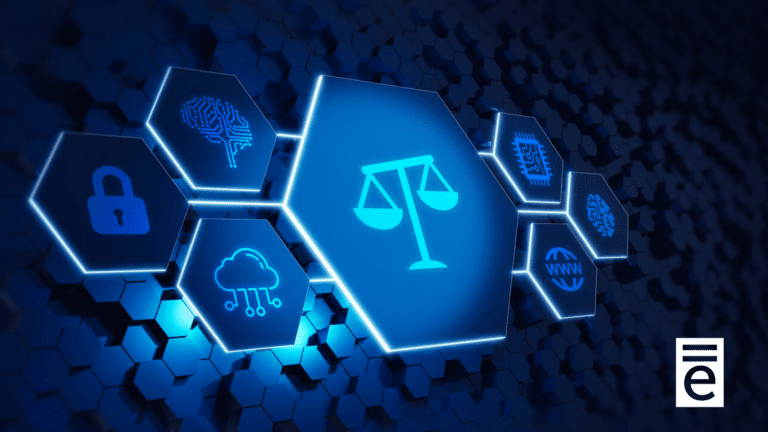
Go with the Flow… Caseflow vs. Workflow
When the case is flowing, the work is flowing… or is it? We hear caseflow and workflow used interchangeably in many courts, and the truth is, they’re distinct functions that both need to be moving along smoothly to serve your community.









